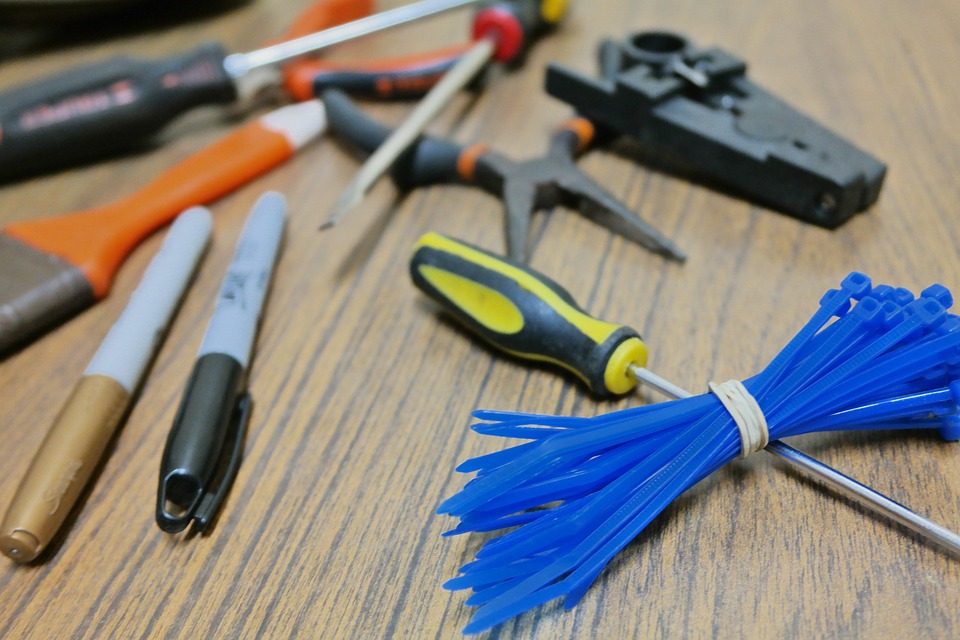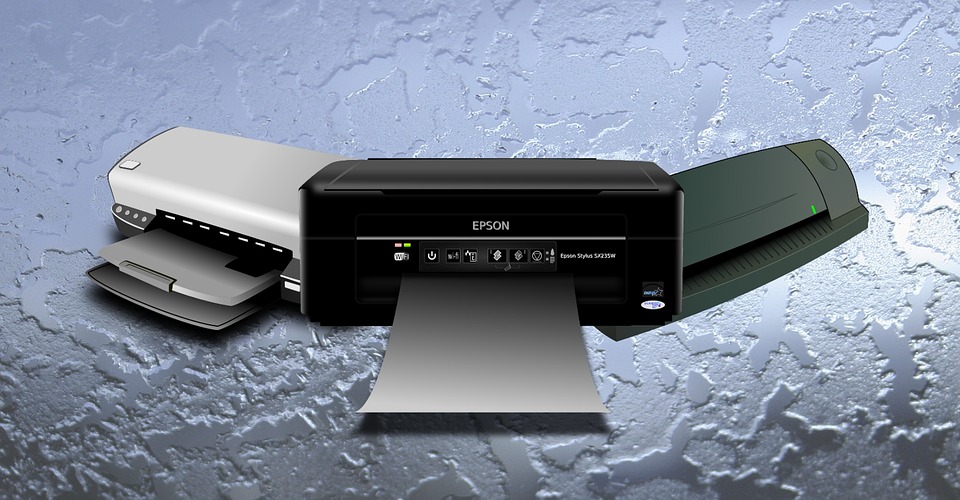Your office is moving, and you have countless records, documents, or files still in paper format. The problem is that these often become a giant mess of paperwork and confusion when you try to restore them to their filing cabinets at the destination. How do you cope with this? We have several methods for you to try out. If your documents are numerous, consider combining some of these methods.
Binding

This is the easiest of the suggestions we have here. When you bind your documents together, you can use most any sort of binding material. You need only be certain that it does not crimp or cut the paper the information is printed on. Our favorite? Zip ties. Also known as cable ties, these are a quick and easy solution to binding together documents of typical folder size. This works best if the documents can be bound while in their folders. If that isn’t an option, try to stack as many documents together as possible. This helps give stability to the edges of the paper and makes it less likely for a cut to occur.
Wrap the zip ties around the records across the middle, horizontally and vertically. Tighten the straps as necessary. This creates a “box” of zip ties around the paperwork, securing it in the same order in which it is packed.
Sealed Boxes

Office boxes are extremely common. Some offices may even choose to save old paper ream boxes for this use specifically. However, unless these boxes are sealed, there is a good chance that a box may fall, and paperwork could end up scattered everywhere.
To seal a box like this, we recommend one of three methods: tape, zip ties, or string.
If you decide to tape this box, wrap the tape all the way around it, as you would a belt. Most moving companies will lend you their tape reels to do this or will perform the act themselves if asked to do so.
Zip ties follow much the same method as above, making a boxlike binding around the paper box.
If you decide to use string, you may thread it through the handholds and around the lid. Tie a double knot, and your documents are safe and kept tidy!
Oiled Paper

We’ve spoken about oiled paper in the past. This wonderful packing tool has been used for hundreds, perhaps thousands, of years to protect documents. If you are moving sensitive documents to a wet climate or a place where there is a risk of condensation, oiled paper will keep the print safe. To use oiled paper, you may use the zip tie method described above or the same method using string. We do not recommend using any other substance to bind oiled paper, since the oil can cause slippage when using other methods.
Oiled paper, while a fantastic resource, can cause porous documents to become greasy. While this isn’t an issue with more modern paper, if you are moving historical documents, we recommend that you consult with your moving professionals. There are many types of oiled paper, and some may “weep” on parchment or various old document formats.
Digitizing

If you feel that you may wish to solidify your work and guarantee its arrival in perfect condition, you may choose to digitize your documents. This means that you need to visit the moving company and ask that they scan your documents into their safe storage system. There are many different kinds of storage systems on the market, with a wide variety of budgets and services to fit any business’s needs.
Digitizing your documents guarantees that your data will be available in both digital and hard copy, allowing you access any time. This could be incredibly useful for busy professionals during the move.
This post was promoted by lawrencemoves.com. Our document moving services are second to none. Contact us today for a quote to protect your documents during your move!









